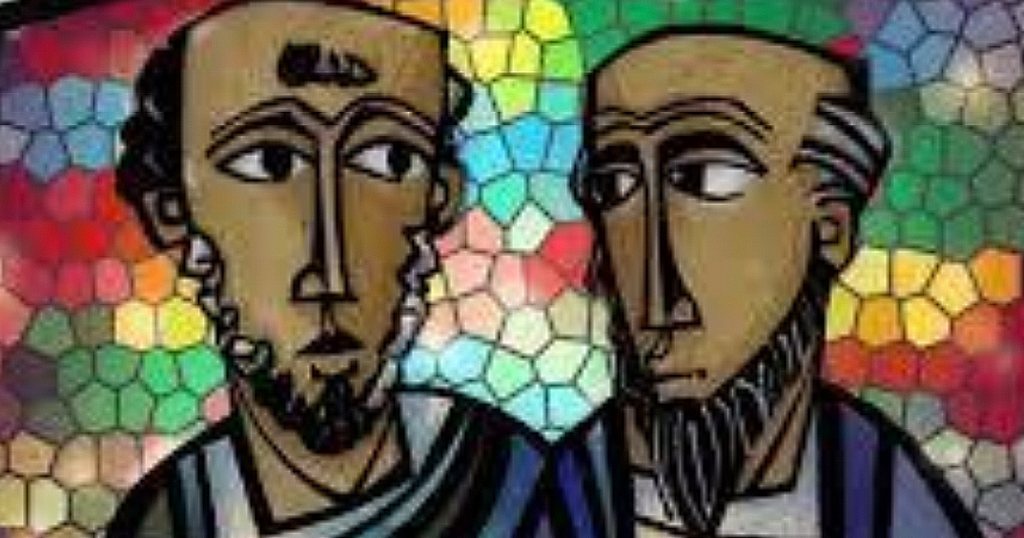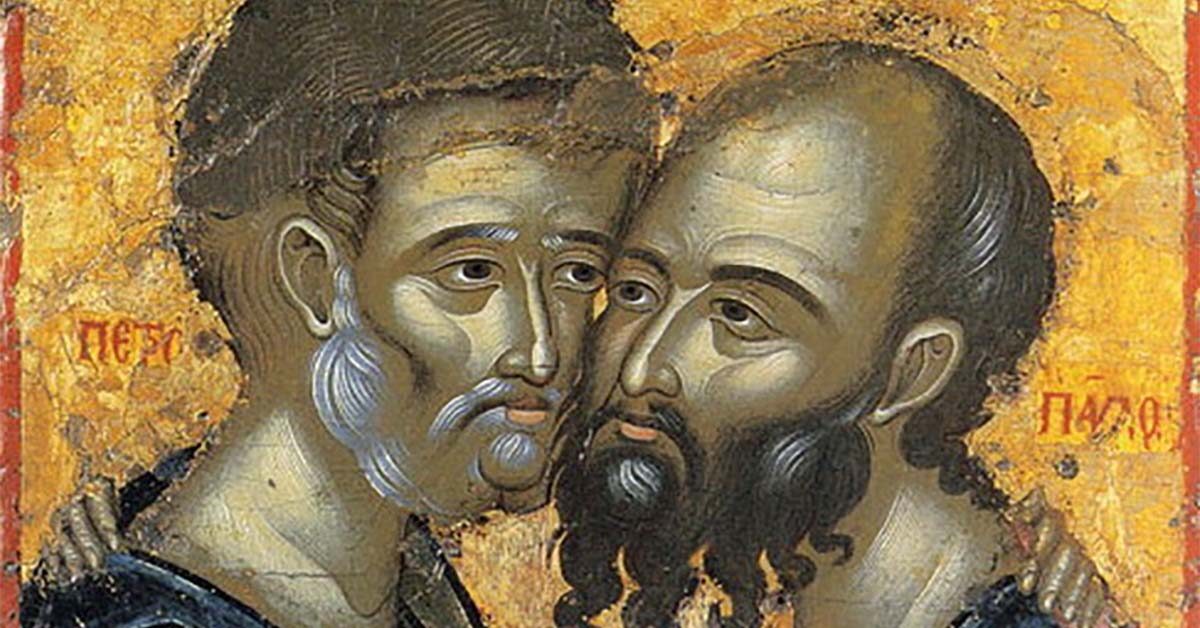More Resources for the Stages of the Catechumenate
As the “Week of Prayer for Christian Unity” closes, framed by the Confession of St. Peter and Conversion of St. Paul, we again commend to our readers seeking resources on the adult catechumenate the website of Journey to Baptismal Living: https://journeytobaptism.org/.
Here’s this week’s sampling of some helpful JBL resources:
“What Is the Adult Catechumenate?” is a brief outline of the catechumenal process for adults. It stresses individualized process and importance of relationships in the process. https://journeytobaptism.org/wp-content/uploads/sites/17/2023/05/Articles_What-is-the-Adult-Catechumenate.pdf
“An Aural Method of Experiencing Scripture (The African Model)” provides the step-by-step process for this widely used method to engage inquirers and catechumens with Scripture. We recommend trying it with faithful members of your congregation first, both to see how it “works” and to become comfortable with this method before introducing it into a catechumenal process. If you read this document and say “No way” to yourself, see the next item in the list … https://journeytobaptism.org/wp-content/uploads/sites/17/2023/05/BibleStudies_AuralMethod.pdf
“Formation in Small Groups: Benefits of Using the So-Called ‘African Model’” is the companion piece to the above resource. Each of the bullet points in this short document stresses the formation aspect of the catechumenate: “We learn … We begin … We become …” culminating with “We experience Christian community …” https://journeytobaptism.org/wp-content/uploads/sites/17/2023/05/Articles_Formation-in-Small-Groups.pdf
“The Emmaus Journey: Mystagogy for God’s People” is a longer document (7 pages) that richly offers the Emmaus story as a model for the post-Easter/baptismal stage of the catechumenate, mystagogy. It’s both inspiring and practical. https://journeytobaptism.org/wp-content/uploads/sites/17/2023/05/Workshop_Mystagogy.pdf

As we said last week: Not everything on this site will be of value to subscribers of “Forming Lutherans,” but we trust that you all are discerning readers who can separate the gold from the dross and use the gold to fashion a catechumenal process appropriate for your congregation and its missional context. Just as Peter and Paul developed different methods to preach Christ, so each pastor and congregation will need to work with the gifts of the Spirit in their setting.
++++++++++++++
Banner Image: Icon of Ss Peter and Paul by Konstantinos Paleokapas, 1640. Karakallou Monastery Mount Athos, Greece. https://commons.wikimedia.org/wiki/File:Konstantinos_Paleokapas_Saint_Peter_and_Paul.png
